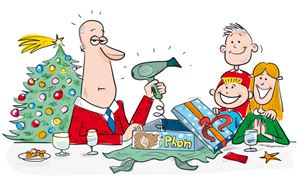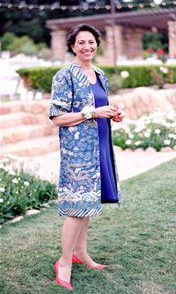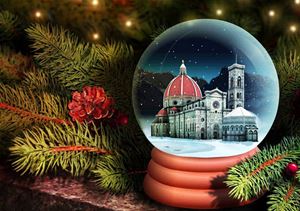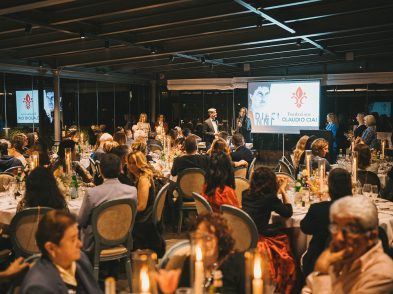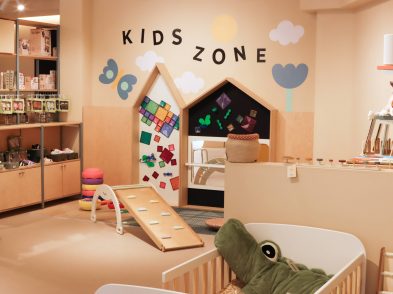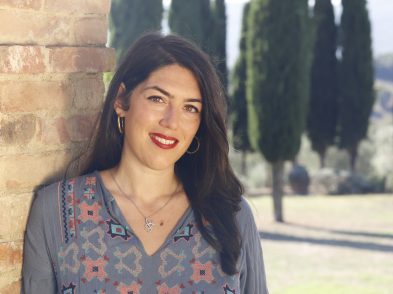A few streets over from Michelangelo’s former home, William Kelley and his wife, Susan, have settled in a beautiful flat with panoramic views of Florence. Since 2004, the American-born artist has made Florence a permanent base, first renting a studio on the Ponte Vecchio. When the space proved too small for his work—the large oil-on-canvas landscapes for which he is best known—he frequently changed studios in Florence as well as spending time at his atelier in Sarasota, Florida.
Art has always been a passion for Kelley, but he has also always cultivated a wide range of interests. While growing up in the 1950s in a blue-collar community in Massachusetts, art was not greatly encouraged, so it remained a hobby. When he started secondary school in Cambridge, Massachusetts, Kelley said he ‘painted, drew and studied art, but did other things, too, because one of my art teachers back then gave me great advice: “Never paint for money because it will come at some point. Do something else as well. Don’t concentrate on doing something to make people want to buy it.”’ He ignored this advice during his college years, in the 1960s and 1970s, when he earned money as a portrait painter.
After completing studies at the School of the Museum of Fine Arts in Boston, he began travelling widely, not only to Asia but also to Ireland, England and Scotland, where his interest turned to pub and street scenes, and he found his talent to be a wonderful way of meeting people.
There were some unusual perks to the job, as he discovered one time in Leith, near Edinburgh. After sketching a Scotsman in his kilt, Kelley gave him the drawing as a gift. In return, the next morning the kilted man, who also happened to be a tour guide, took Kelley and his wife around the Scottish capital as his way to say thank you.
A big change occurred in 1999, when Kelley decided to study art in Florence. He completed two semesters at the Lorenzo de’ Medici Art Institute, focusing on conceptual painting and art history, and then spent a few months at a time in various Florentine studios before settling here for good in 2004.
On the roof terrace level, Kelley has a small studio. There, a lucky visitor might see displayed on various easels his beautiful paintings Cafe Rivoire, Piazza della Signoria, Firenze di Sera, da Studio Mio and The Duomo, Morning. From the terrace, in the sunlight, one sees the cupola of the Duomo and, on a clear day, Fiesole. Downstairs, in a larger studio accessible by an indoor hydraulic lift (even in a power outage, Kelley can paint by candlelight), the ceiling is mirrored and soft music plays. Kelley explains his goal for a newly stretched canvas, which he wants to make tranquil and soft: ‘If you don’t get the composition right at the start, you have to start over.’

A striking feature of Kelley’s paintings are the compelling colours, a skill he learned a long time ago in Florida. While living on an island off the Gulf Coast, he would sit by the water—sometimes even in it—and use watercolours to capture the sunsets, and more importantly, the sky after the sun had set, for ‘that’s when the colours go crazy,’ he explains. Kelley’s colours are authentic: as he says, specifically in Tuscany and Provence, ‘you will see the colours in my paintings in a certain 24-hour period. You won’t see them all first thing in the morning or last thing at night, but if you happen to be up at 3am, you may happen to see the silver colour of the olive trees, and that’s what I try to achieve.’
Travelling around Italy, and specifically to his ‘favourite place on the planet,’ Monteriggioni, encouraged Kelley to concentrate on landscapes. He named one of these large paintings, Tuscan Soul, after a friend commented that the painting was not only beautiful but represented ‘anima sua,’ his soul.
Indeed, there is something wonderfully evocative in Kelley’s artwork that allows you to lose your soul in the Tuscan landscape from the comfort of your own home.

Florence Quickfire
One place in Florence that makes you happy or inspires you?
The view from my rooftop studio on via dell’Oriuolo.
The biggest difference between Italians and Americans?
Over the past 14 years, my wife, Susan, and I have met many wonderful Florentine people and we find many similarities between them and our American friends. We share many things, such as a strong work ethic and a love of art, culture, fine food and wine. My feeling is that the major difference is the Florentines have a slower pace in their daily living, allowing them more time to fully absorb and appreciate day-to-day life.
Advice for newly arrived students?
Take advantage of your time in Florence by absorbing the culture, the people, the history and the food, but don’t drink too much!
Favourite artwork in Florence?
No question: Michelangelo’s David, in the Galleria dell’Accademia.
Strangest thing you’ve seen in the city?
The first time we witnessed all the broken glass on the streets on New Year’s Eve.
Favourite view of Florence?
From San Miniato, and also the view from the church of San Francesco in Fiesole.
Pet peeve or something you will never get used to living here?
Mosquitoes!
To see more of Kelley’s work, go to www.williamkelleygallery.com and http://artsy.net/artist/william-kelley

